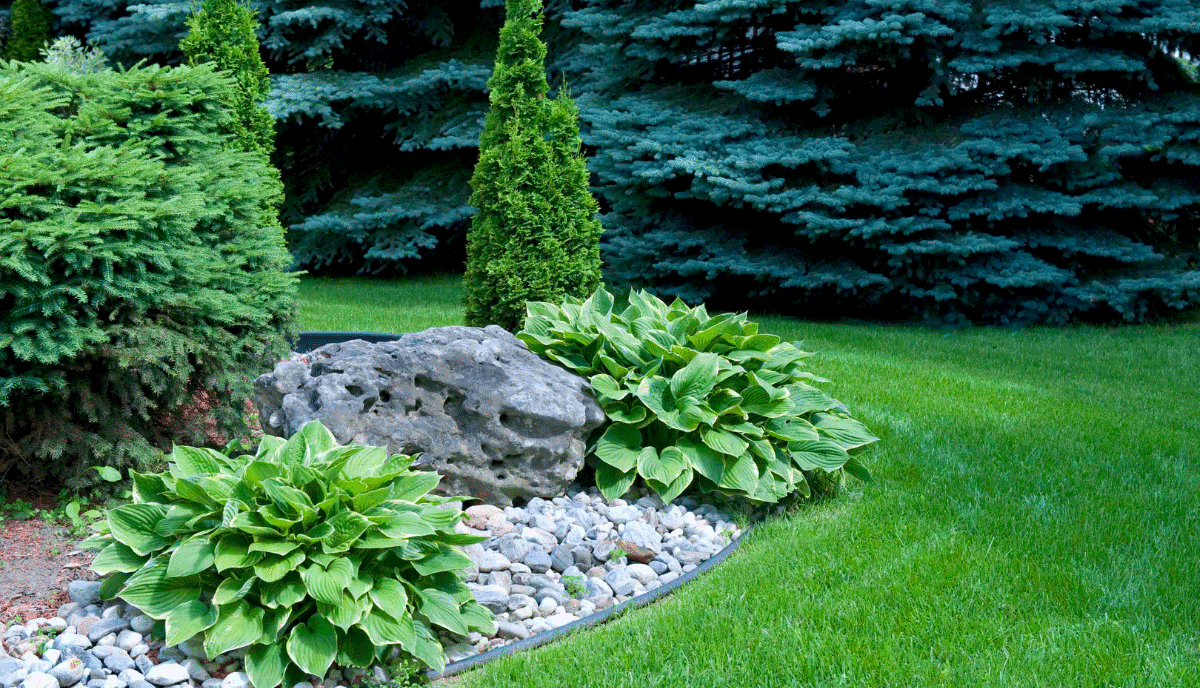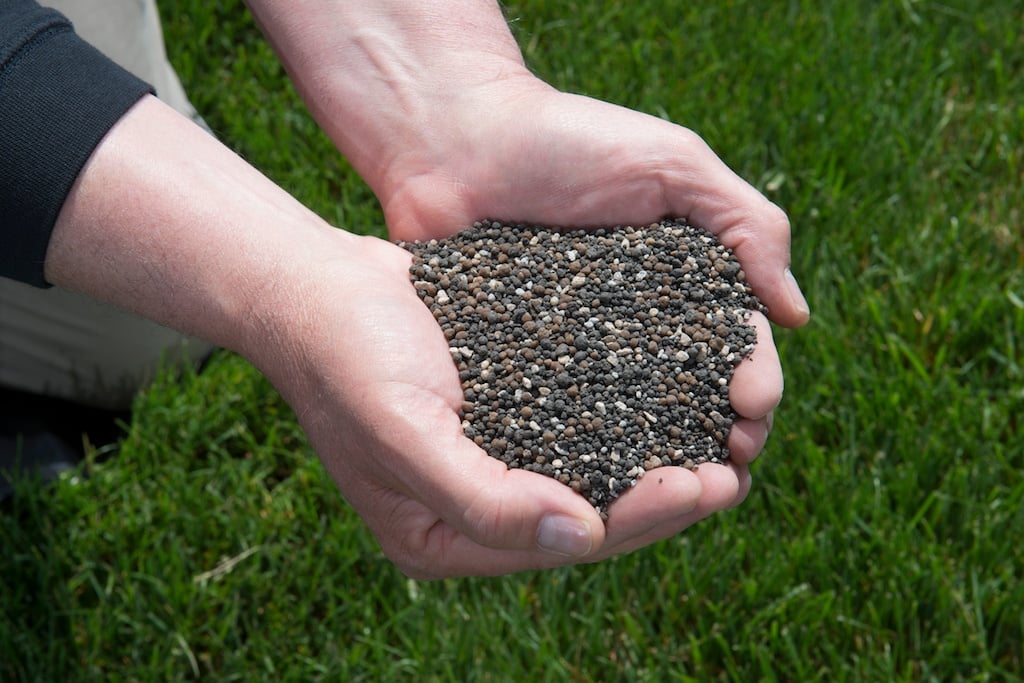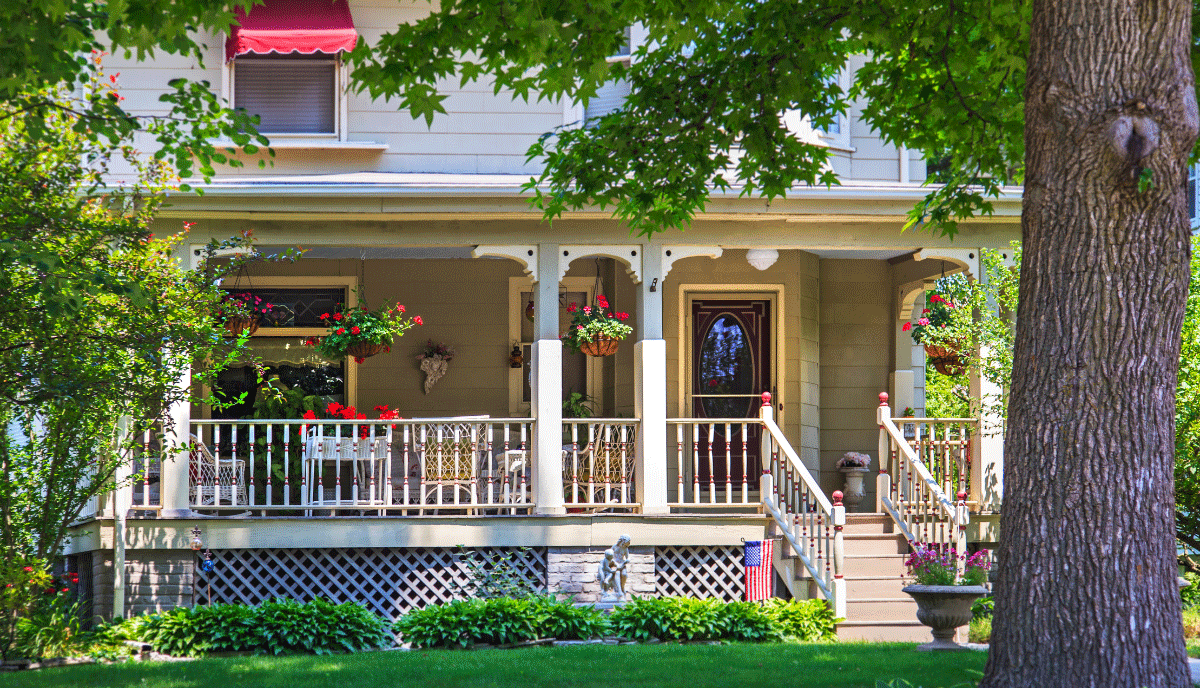
You’re tired of constantly mowing, fertilizing, and watering your lawn, so you’re thinking about switching to a clover lawn. Fans say clover lawns require much less maintenance and are better for the environment, too. But can you really do without mowing your clover lawn?
No, you don’t need to mow your clover lawn, but there are benefits to doing so!
A new clover lawn benefits from mowing after its first flowers have gone to seed. A mowed clover lawn looks more like a traditional lawn. Microclover should be cut 3 to 4 times a year to stay micro; otherwise it reverts to Dutch white. Mowing the grass can kill spent flowers or deter bees if necessary due to small children or bee allergies.
Do you have to mow your clover lawn?
The short answer: no, you don’t need to mow clover. Dutch white clover only grows between 2 and 8 inches. Standard cool season grass is cut to 3 inches in spring/fall and 4 inches in summer.
However, there are some situations where you might benefit from mowing your clover lawn.
If you started a new clover lawn:
A clover lawn benefits from being mowed at least once after its first flower. Wait until the clover reaches 3 to 4 inches and the flowers have gone to seed before moving. If you started growing grass in the spring, it will probably be mid-summer. Mowing encourages clover to develop more roots (which helps with drought tolerance) and grow denser (which helps create a thick lawn that chokes out weeds). The seeds will fall to the ground, where they can give rise to new clover plants.
If you have microclover:
Micro Clover seems like a perfect no-mow grass as it only grows 2 to 4 inches, which is on par with lawns. However, it is actually necessary to mow the lawn with microclovers. If you don’t, it will revert to Dutch white clover in a few years. Mowing the grass keeps the leaves small. Fortunately, you will only need to mow your lawn a few times a year and not every week.
If you have allergies to bees or young children:
For many, attracting bees is one of the advantages of a clover lawn. Bees love clover flowers, and clover flowers turn a food pollinator desert into a buffet.
But if you or someone in your home has a bee allergy and uses grass, mowing the grass regularly to remove flowers will keep bees from getting under your feet. If they do not use the grass, there should be no problem as bees are unlikely to sting when left alone. The main danger is accidentally stepping on bees while they are collecting pollen.
You may also want to remove the flowers if you have small children playing in the grass. You can teach them to look before stepping on clover flowers, but toddlers often run without thinking or looking where they are stepping. It may be safer to simply remove the flowers, at least until they are older. Bees prefer the sun to forage for food, so playing on cloudy days or at night can help your little ones avoid them too.
Planting Microclover instead of White Dutch also helps with bees. Micro Clover produces fewer flowers, so while mowing is still necessary, it won’t need to be done as frequently.
If you need your grass to blend into the grass:
You know the benefits of a clover lawn, but your neighbors may not like the idea as much.
Or you may belong to a Home Owners Association (HOA) that will fine you if you don’t keep your grass mowed to a certain height.
Or maybe you or someone in your home still loves the look of a traditional lawn.
It may seem like you are not taking care of your natural grass. While a little education can help, keeping clover grass mowed can help ease tensions between neighbors. Fortunately, you’ll only need to do this a few times a year instead of weekly.
To renew a clover lawn:
By mid-summer, those beautiful clover flowers may be dying. A midsummer mowing will remove old blooms and prepare your lawn for another flush of blooms.
What should you do with clover clippings?
When mowing clover grass, you can leave the clover clippings where they fall. They will decompose back into the soil. However, if the clover is too wet and sticks together to smother the clover lawn, collect the clods for the compost bin. Using a bag when mowing your grass can help you skip the collection step.
Clover is susceptible to clumping when too wet. Clover leaves may be too good at trapping moisture. You can solve some causes but not others. If you water too much or too often, reduce watering. Wait longer after rain before mowing so the clover has more time to dry.
But there can also be too much humidity or too much rain, something that cannot be avoided. Keeping your clover grass cut shorter will help it dry out faster since there are fewer leaves trapping moisture.
How often should clover grass be mowed?
White clover grows short and only grows between 2 and 8 inches tall. At most, you will only need to mow your lawn 3 or 4 times a year. (That’s much less than weekly mowing of a fast-growing lawn.)
At a minimum, mow it to a height of 2 inches during the middle of the season to reestablish your clover lawn. This will remove old flowers, encourage the clover to bloom again, and remove some older, ragged leaves to leave a fresh lawn.
If you need to get rid of flower buds, you may need to cut them off weekly. Micro Clover has fewer flowers and will give you more time between cuttings.
Final thoughts
It is not necessary to mow clover grass. But there are some situations where it is best to mow occasionally, such as if you have a newly established lawn or need to deter bee stings, old dead flowers, adapt to the lawn, and keep microclover small.
Jamie is the founder of The Backyard Pros. When he was 15 years old he started working at a garden center helping people buy plants, gardening supplies and lawn care products. He has experience in real estate and is a homeowner. Jamie loves garden projects, finishing furniture and likes to share his knowledge online.







